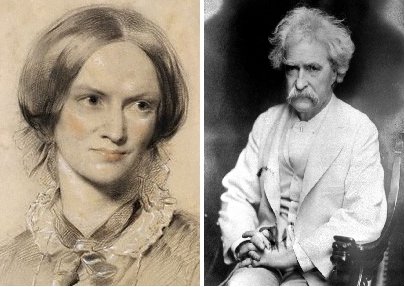
Whether you call it literary breaking and entering or the greatest publishing scheme of the new millennium, surely the Austen mash-up trend rates some thought from the Austen community, right? And yet. Love it or hate it, readers, this market isn’t living up to its potential. In fact, we at Austenacious have come up with a new technique by which publishers could amuse/alienate twice as many readers with each attempt! Not all mashups need involve Jay-Z, the walking dead, or anything trendy at all, really: by mashing Austen novels up with other classic literature, we see the rationalizing force of Jane on some decidedly harebrained stories, as well as some extra adventure for the ladies and gentlemen of the Austen canon. What could possibly go wrong?
A few examples:
Detective Sherlock Holmes investigates a murder in Grace Church Street, Cheapside, London: a sweet-tempered newlywed from the country has offed her uppity sister-in-law, a fact he deduces from traces of poisoned wedding cake (a double wedding!) and the fact that neither the guilty party nor her equally nice husband can lie worth a darn. The murderer’s smarter but less-pretty sister may have aided and abetted.
On one of her many walks, Marianne Dashwood falls down a mysterious hole, drinks potion left by a stranger, shrinks (which is what happens when we drink potions left by strangers), and ends up in a magical and dangerous fantasy land. There’s bird-head croquet with Lady Middleton and tea with Johnny Depp. Eventually, she finds it was all a dream and that she has learned precisely nothing about controlling her emotions or anything else remotely useful in life.
The Bennet girls encounter four Civil War-era sisters from a Transcendentalist family in Massachusetts; a good time is had by all, including many picnics, though the youngest from each family duke it out for the attention of all eleven (combined) relatives. The eldest sisters atone for all wrongs by sheer force of their goodness, as the third-oldest play a duet on the piano.
Anne Elliot and Captain Wentworth visit a lighthouse either near Lyme or the Isle of Skye, an experience colored by an unreliable narrator and the problems of memory and perception. Nothing else happens, but it’s significant. Later, the author walks into a river with stones in her pockets.
Haters Gonna Hate Edition, Parts I and II:
Catherine Earnshaw wanders the moors until a chance encounter with the post-Northanger Abbey Catherine Morland persuades her to give up the obsession with Gothic bad boys. Heathcliff gives up. The sun comes out, and everybody realizes things weren’t so bad after all.
In a fit of pique, Emma Woodhouse runs off and finds adventure on the river and/or in caves (possibly around Box Hill), and teaches generations of American high school students about racism and the dangers of picnics.
Emily Bronte and Mark Twain, née Samuel Clemens, each die a second death of embarrassment and rage. Jane, in an impressive show of self-control, manages not to laugh in public. A new literary sub-genre is born.
Readers?

